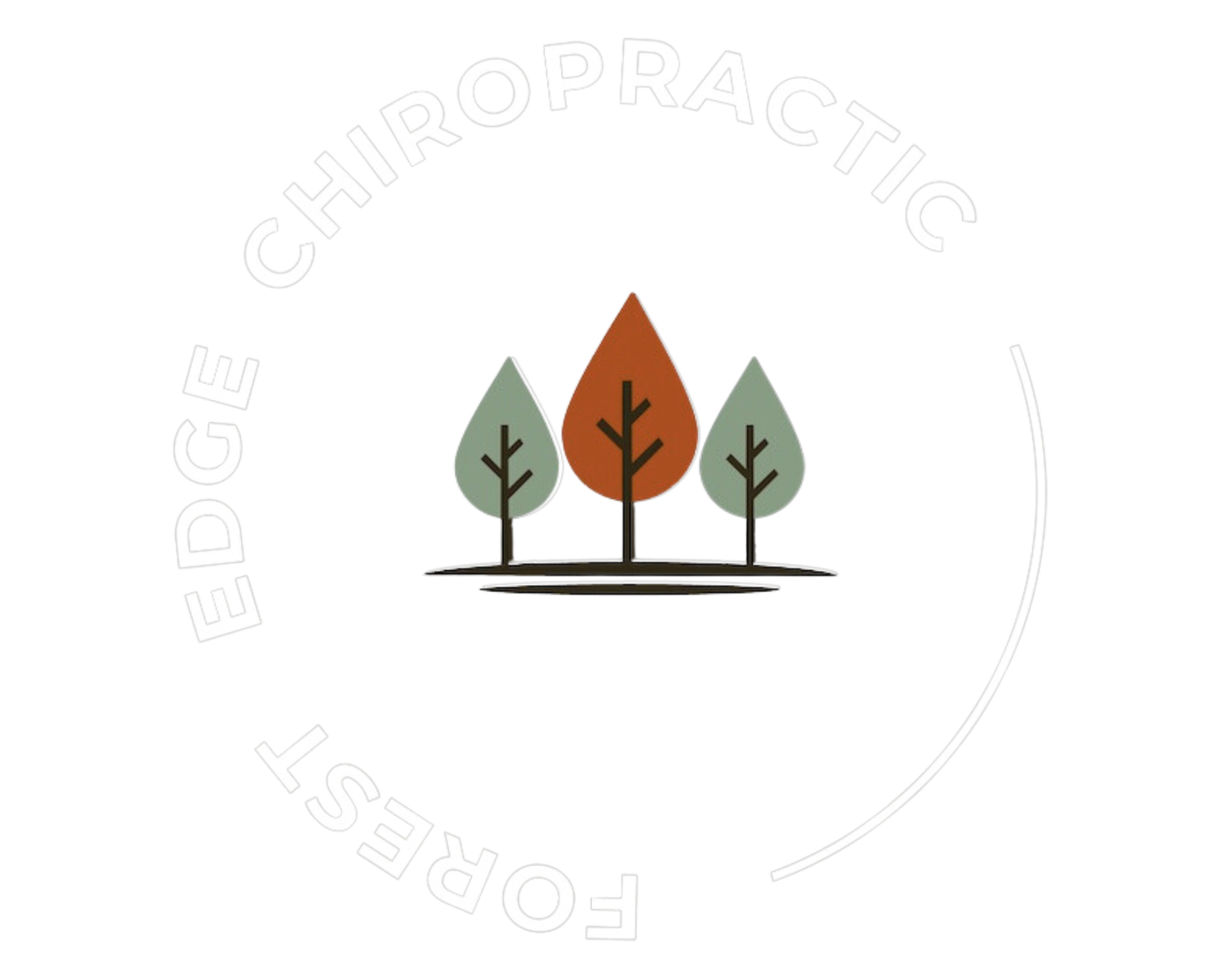Can you touch your toes? (and does it matter either way!?)
Some of you have probably heard me say “good MSK health is a balance of strength and flexibility”, which is true! And one of the most common responses to that is “I’ve never been able to touch my toes!” It’s often used as a quick measure of flexibility. But does being able to reach the floor actually say much about your health? And if you can’t, should you be worried?
Flexibility and the Toe-Touch Test
Touching your toes is often seen as a sign of hamstring flexibility—the muscles that run down the back of your thighs. While hamstrings certainly play a role, there’s actually much more to it. Toe touching also involves using your pelvic joints, hips, gluteal muscles, and even the mobility of your spine. It requires coordination between multiple muscle groups and is more a measure of both strength AND flexibility, because there is stabilisation in some muscles as well as lengthening/stretching in others.
Some people are naturally more mobile (just the genetic lottery!) and can fold forward with ease. Others may have tighter hamstrings, stiffer joints, or simply longer limbs, which makes touching their toes more challenging—even if their muscles and joints are perfectly healthy.
What It Tells Us (and What It Doesn’t)
Being able to touch your toes doesn’t necessarily mean you’re in great shape, nor does struggling to do so mean you’re unfit. It’s just one movement among many that reflects how your body works.
For example:
If you can reach your toes comfortably, it suggests you have good flexibility in your posterior chain (hamstrings, glutes, and pelvis) and reasonable spinal mobility.
If you can’t, it may reflect tightness, muscular imbalance, or even guarding from past injuries, but it may just be your normal.
But as I said at the start, it’s important to remember that flexibility is only one part of musculoskeletal health. Strength, along with endurance, balance, and coordination, are equally vital.
Probably more important is asking whether whatever your normal is, has changed? If you used to be able to touch your toes with ease, and now are struggling, and that is associated with a subjective feeling of stiffness and/or pain, then that is suggestive of a problem. However, if you’ve never been able to get your hands past your knees, and you still can’t, that’s probably just how you are!
Does Not Touching Your Toes Cause Problems?
Not being able to touch your toes doesn’t automatically link to increased likelihood of pain or injury.Many people with tight hamstrings live without any issues. However, reduced flexibility can sometimes place extra strain on other areas. For instance, if your hamstrings are tight, your lower back often compensates when you try to bend, which could contribute to discomfort over time.
On the flip side, being too flexible (known as hypermobility) can bring its own challenges, such as joint instability or a higher risk of strains and injury.
The Bigger Picture: Movement Matters
Instead of focusing on whether you can touch your toes, a better question is: Can you move well in everyday life?Can you bend to pick something up from the floor, squat comfortably, or reach overhead without pain? These are more meaningful measures of functional health.
That said, working on the flexibility needed to touch your toes can bring real benefits. Gentle stretching of the hamstrings and hips can improve posture, reduce stiffness, and make everyday tasks easier.For those with lower back tension, learning to fold forward with control(rather than forcing it) can also ease strain.
Practical Tips
Stretch regularly: gentle hamstring and hip stretches can help.
Move often: sitting for long periods shortens the muscles at the back of your body, so regular movement is key.
Focus on balance: combine flexibility work with strength training to keep muscles supportive and resilient.
Don’t force it: flexibility improves gradually - you need to stretch regularly over a period of months to years to see measurable change.
So I hope that’s helpful. Remember - the reality is that most of us need to move more. Two general rules:
Anything you do is better than nothing at all
Doing something you enjoy makes you more likely to do it regularly
As always, start slowly, build gradually, and listen to your body. As always, please get in touch if I can help at all!
